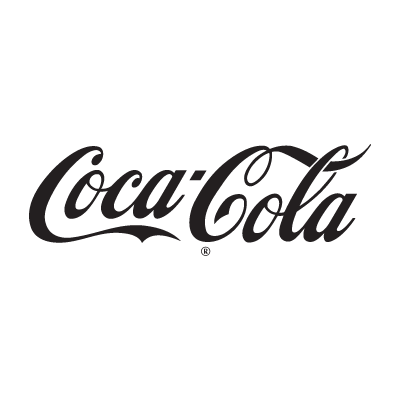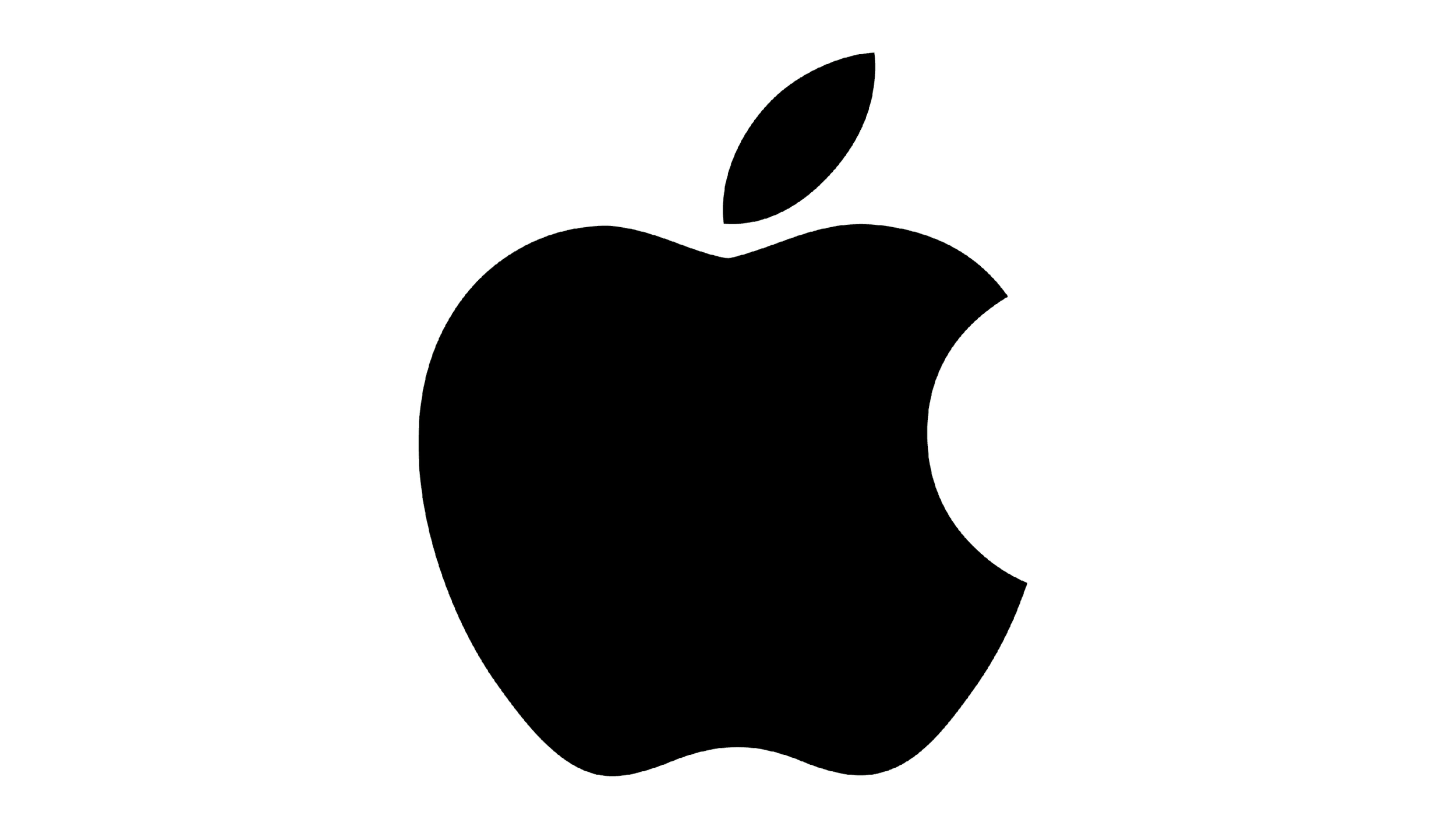
FOOD FOR THOUGHT

76% of consumers say they’ve purchased a product because they saw it on social media.
60% of marketers say that producing engaging content is their biggest challenge, but also the most important factor in driving success
90% of consumers say that authenticity is important when deciding which brands they like and support
Short-form video content (like TikTok & Reels) gets 2.5x more engagement than static posts.
54% of social media users research products on social before buying.
Despite growing popularity, there are still far fewer podcast producers than consumers. As of 2024, there are more than 2 million active podcasts, but over 80 million podcast listeners worldwide
Podcasts have higher retention rates compared to other content types, with 80% of podcast listeners listening to an episode all the way through
81% of consumers need to trust a brand before making a purchase.
It takes just 0.05 seconds for users to form an opinion about your website.
Consistent branding across all platforms can increase revenue by up to 23%.
Personal branding is crucial for career advancement: 70% of employers say they’ve hired candidates based on their online presence or personal brand
92% of people trust recommendations from individuals over brands, making personal branding incredibly important for influencing consumer decisions
Clever Campaigns That Changed the Game
Clever Campaigns That Changed the Game
NIKE
“Just Do It” is only three words, psychologically, our brains love simple, rhythmic language. It’s easy to remember, feels motivating, and can be applied to literally anything in life—not just sports. Our brain prefers things that are easy to process.
Simple phrases stick, and that makes them repeatable.
Repetition builds identity.
It’s not just about athletes here, “Just Do It” speaks to anyone who’s ever hesitated, second-guessed themselves, or been afraid to try something. It hits that moment of internal conflict—and pushes you through it.
Lets talk about why it worked:
This plays on self-determination theory—the idea that people are driven by autonomy, competence, and purpose. The slogan made people feel like they had the power to make things happen.
Nike backed up the slogan with iconic endorsements—Michael Jordan, Bo Jackson, Serena Williams, etc. These athletes weren’t just skilled, they were cultural symbols. So when they said “Just Do It,” it was like, if they live by it, maybe I can too.
They didn’t just show products—they told stories. Emotional, inspiring, sometimes even raw stories. It wasn’t about selling sneakers; it was about selling transformation. That underdog energy? People felt it.
It hit both the emotional brain (limbic system) and the rational brain. Emotional storytelling helps create memory and emotional bonding with a brand.
Nike made it cool to push yourself. Wearing the swoosh meant you were part of that mindset. Not just a customer, but a member of the “Just Do It” tribe. It became aspirational.
This taps into identity psychology. When brands help shape how people see themselves, loyalty skyrockets. Nike wasn’t just selling shoes; it was helping people become the person they wanted to be.
Sales jumped from $877 million to $9.2 billion in just ten years. That’s 10x growth, largely driven by this campaign’s emotional, psychological, and cultural impact.
COCA COLA
We all know Coca-Cola, right? Pretty much the most iconic soda brand ever. But by 2011, things were getting stale—especially with younger audiences. Then they hit us with this brilliant move: instead of the Coke logo, the bottles said stuff like “Share a Coke with Claudia” or “Share a Coke with Lisa.”
Suddenly, a bottle of soda felt like it was made just for you..And just like that—Coca Cola became personal again. People saw their own name—or a friend’s—on a bottle, and they were like, “Wait, that’s mine!” It wasn’t just a drink anymore. It was a moment, a gift, a mini shoutout in the grocery aisle.
Lets unpack why this worked:
This taps into the name-letter effect, a psychological phenomenon where we feel a stronger connection to things that include our name or initials. Seeing your name creates an emotional spark—even if it’s on a soda can. Once people found their name, or someone else’s, they had to post it. It became a whole social media wave—tagging friends, sharing stories, even hunting down rare names like it was a collector's game.
This created a loop of social proof + FOMO. Everyone was sharing, so more people wanted in. It turned passive drinkers into active promoters. Not every name was available, and that made it fun. It was like a treasure hunt. People were actively searching through shelves to find theirs—or their crush’s, or their pet’s, or even names they wanted as a joke. This taps into gamification and the scarcity principle. If something feels limited, we want it more. Add a challenge? Now you’ve got people engaged, not just buying.
Coca Cola Shifted Focus From Product to People
Coke didn’t talk about taste. Or calories. Or carbonation. The product disappeared into the background. The focus was 100% on people and their relationships—“Share a Coke with someone.” It leveraged emotional branding. People don’t buy products—they buy feelings. Coke positioned itself as a connector of people, not just a drink.
Nostalgia + Positivity = Feel-Good Vibes:
Everything about the campaign felt lighthearted, social, and warm. It gave off summer vibes, picnics, friendships, laughter. In a digital world, it created a physical moment people could hold in their hands—and share. It triggered nostalgia and positive association—two major drivers of brand love. We remember how it made us feel, not just what it was.
Coca-Cola saw a 7% boost in sales in the U.S.—and that’s in a super mature market. The campaign was so successful, it rolled out to over 80 countries.
That’s huge for a brand that had already “been everywhere.”
APPLE
“Think Different” wasn’t telling people to buy a product. It was speaking to who they are. The campaign wasn’t for everyone—it was for the misfits, the rule-breakers, the creatives. And when people saw it, they saw themselves.
This is classic identity psychology. People are drawn to brands that reflect who they believe they are—or who they aspire to be. Apple made their audience feel seen.
Back then, tech marketing was all about specs and function. Apple said, “Nah, we’re about philosophy.” That was bold. It wasn’t “Think Better” or “Think Smarter.” It was “Think Different.” A little grammatically off? Yep. But on-brand? Perfectly.
Why it worked:
This used the contrast effect—by going against the grain, Apple stood out. In a crowded market, different is memorable. Different grabs attention.
Emotional Branding Over Product Pushing
There was zero focus on hardware in those ads. No close-ups of a keyboard. No tech specs. Just black-and-white footage, haunting music, and a narrative voice saying, “Here’s to the crazy ones…”
It gave people chills—and that’s powerful.
Lets talk about why it worked:
Emotion drives memory and decision-making. This campaign didn’t hit logic—it hit the limbic brain. It built a feeling around Apple. That’s long-term branding gold.
The message was clear: if you see the world differently, Apple is your brand. It gave people a sense of belonging to something bigger than just owning a computer.
This is tribal marketing at its finest. Humans are wired to seek community. Apple created a flag people could rally around—and they waved it proudly.
This campaign redefined Apple. It paved the way for the iMac, the iPod, and eventually the iPhone.
It didn’t just save the company—it turned Apple into a cultural icon. All by shifting perception and tapping deep into human emotion and identity.
So in the end, “Think Different” wasn’t selling a Mac. It was selling a mindset. A rebellion. A chance to be part of something meaningful. And that’s why it worked.
DOVE
Back in the early 2000s, the beauty industry was basically all about flawless models, airbrushing, and this narrow idea of what it meant to be “beautiful.” Dove looked at that and said, “Nah, we’re doing something different.”
Instead of chasing perfection, they put real women—of all shapes, sizes, ages, and skin tones—front and centre. It wasn’t just refreshing; it was revolutionary.
Dove said: “This is what real beauty looks like.” No filters. No models. Just everyday people. And in a world full of Photoshop and impossible standards, it felt like a breath of fresh air. People are wired to trust what feels authentic. This campaign tapped into the authenticity bias—the idea that real, raw, and honest storytelling builds trust. And trust? That’s the foundation of brand loyalty.
By confronting unrealistic beauty standards, Dove wasn’t just selling soap—they were challenging an entire system. It turned the brand into a voice for social change.
This tapped into moral alignment psychology. When a brand stands up for what people believe in, it creates shared values—and people are more likely to support companies that reflect their worldview. The campaign didn’t shy away from emotion. Whether it was women confronting their insecurities or little girls talking about body image, it got real. And people felt it.
This activated empathic engagement. When audiences see vulnerability, they relate, reflect, and connect. It turns a brand into someone you feel emotionally safe with.
Dove made women feel seen—truly seen. Different races, body types, ages, and identities were represented. It wasn’t just about selling to women—it was about representing them.
Dove didn’t market to a demographic; they invited people into a community. People weren’t just watching Dove’s ads—they were talking about them. The campaign kicked off conversations in classrooms, newsrooms, and households about how we define beauty.
This triggered social currency. When brands create messages people want to share because it says something meaningful about who they are, that’s powerful. People weren’t just buying Dove—they were advocating for it.
Dove’s sales jumped from $2.5 billion to over $4 billion. But more than that, they became a brand that stood for something. And that—more than any product—built long-term loyalty and respect.
So yeah—Dove didn’t just sell soap. They sold self-worth. They told people: “You’re enough, exactly as you are.” And in a world constantly telling us we’re not? That message cut through the noise.




